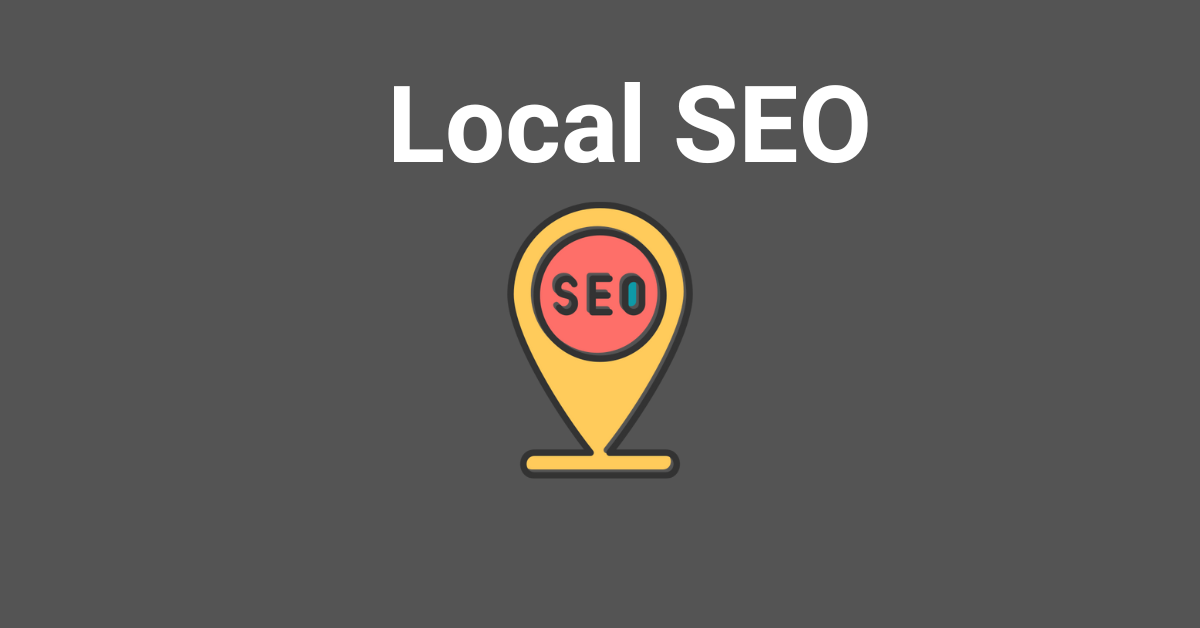In order to draw clients from their local area, small businesses must invest in local SEO (search engine optimization). When done correctly, it helps your company show up in local search results for customers looking for the goods or services you provide in the area. Whether you run a restaurant, retail store, or service-oriented company, learning local SEO may increase online interaction and foot traffic.
This short tutorial will assist you in becoming an expert in local SEO for your small business:
1. Create and enhance your business profile on Google: Establishing a Google Business Profile, formerly known as Google My Business, is the first and most crucial step in local SEO. With the help of this free Google tool, your company can appear on Google Maps and Search. Here’s how to configure it:
Enter your business’s details (name, address, phone number, and website) after logging into Google Business Profile.
Verify your company: A postcard containing a verification number will be delivered to your business address by Google.
Provide specifics: To improve the look of your profile, add images, services, and your business hours.
Gather testimonials: Request evaluations from pleased clients. Good reviews make your company more noticeable in local searches.
2. Make Use of Local Keywords: The terms or phrases individuals employ when looking for goods or services online are known as keywords. Using local keywords—words associated with your business and location—will help you boost your local search engine optimization.
This is how to look for and utilize local keywords:
Consider yourself a customer: What would a person type to find a company similar to yours? For instance, “plumber near me” or “best pizza in [your city].”
To determine which search terms are popular in your area, use resources like Ubersuggest or Google Keyword Planner.
Make sure that the content, blog posts, meta descriptions, and names of your websites contain these keywords.
For instance, if you run a Chicago bakery, you want to incorporate phrases like “best cupcakes in Chicago” or “Chicago bakery” all throughout your website.
3. Make Your Website Local Search-Friendly: Once you’ve chosen the ideal keywords, it’s critical to utilize them appropriately throughout your website. Here are some pointers:
Add your location: Ensure that your company’s name, address, and phone number (NAP) are prominently shown on each page of your website, ideally in the footer.
Make a landing page tailored to a given location: Make separate sites with detailed information about the services provided at each of your locations, if you have many locations.
Compose regional content: Post articles or blog entries that highlight news or local events that are relevant to your company. This draws in readers from the area and lets search engines know that your company is involved in the neighborhood.
4. Place Your Listing in Local Guides: Having your business included in local directories enhances your trustworthiness and increases your visibility in local searches. Several well-known directories are:Foursquare, Yelp, TripAdvisor, Bing Places, Yellow Pages Verify that the name, address, and phone number of your company appear consistently in each of these directories. Information that is inconsistent might confuse search engines and hurt your site’s rating.
5. Promote client testimonials: In local SEO, positive reviews are very important. They raise your search engine ranking locally and demonstrate to prospective clients that you are a reliable business. Urge your clients to submit feedback on: Business Profile on Google Yelp Facebook Additional pertinent review websites To obtain additional reviews:
In person, inquire: Request a review from your client in a kind manner after you’ve finished a service or made a deal.
Send a reminder email: Send a follow-up email after a sale requesting feedback and including a direct link to your Google Business Profile.
6. Make Mobile Friendly: An increasing number of customers are looking for nearby companies on their mobile devices. Make sure your website is mobile-friendly in order to attract this traffic. It’s essential to have a responsive website that looks great on all screen screens.Verify whether your website is responsive by:Testing on several gadgets: Ensure that your website runs quickly on mobile devices, that all of the material is easy to read, and that clicking on the buttons is simple.Use the Mobile-Friendly Test on Google: You can use this tool to see whether your website is mobile-friendly.
7. Put Local Link Building First: Building links from other websites to your company will raise your search engine ranking in the local area. To create local connections:
Join local business associations, sponsor local events, or work with other local companies as a partner.
Speak with local influencers or bloggers and offer them free goods or services in return for showcasing your company on their website.
Become featured in local news: If your company participates in community events, local newspapers or internet news sources might feature an article about you that includes a useful backlink to your website.
8. Support Local SEO with Social Media:
Social networking can assist your SEO efforts and help you establish connections with the local community. Using social media for local SEO can be done as follows:
Share regional content: Provide information on recent happenings in your community, including events, promotions, and business ventures.
Interact with local clients: Answer queries, reply to comments, and reshare content from other local influencers or businesses.
Employ local hashtags: Make use of hashtags related to your city or area on social media sites like Instagram and Twitter.
In summary: If small businesses want to draw in more local clients, they must become proficient in local SEO. You can make sure your company appears in local search results by making sure your Google Business Profile is optimized, employing local keywords, and establishing a strong online presence through directories and reviews. By concentrating on these actions, you’ll observe a rise in local audience engagement and traffic.




